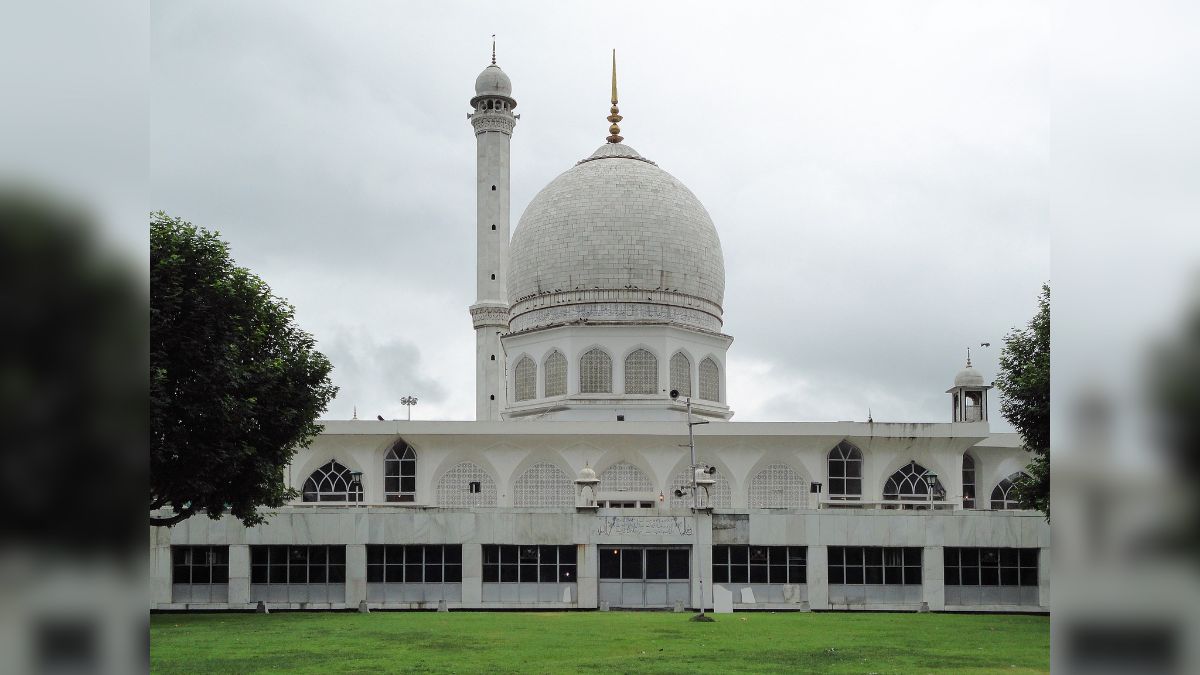When gunmen occupied Srinagar’s Hazratbal shrine in October 1993, it became one of the most volatile flashpoints of the Kashmir conflict. The white-domed shrine, revered across the Muslim world for housing a relic believed to be a strand of the Prophet Muhammad’s hair, stands on the banks of Dal Lake—a site of devotion, beauty, and deep emotion. For militants backed by Pakistan, it was also an opportunity: to transform a sacred space into a political theatre.
The men inside were linked to groups such as Hizbul Mujahideen (HM) and Al-Umar Mujahideen, organisations that rose to prominence during the 1990s insurgency. Their tactic was clear: use faith to force the state into a dilemma. Any move to storm the shrine risked mass outrage; any delay suggested weakness. The Indian government chose negotiation, surrounding Hazratbal but avoiding direct assault. Weeks later, the militants surrendered without a shot fired. The shrine was intact—but the message had spread far wider.
The siege was a masterclass in perception warfare. Pakistani-backed groups had long recognised that symbolic sites could achieve what guns could not: international visibility and local anger. A similar drama unfolded two years later, when Hizbul commander Mast Gul and his fighters holed up in the Charar-e-Sharief shrine. That 66-day standoff ended in flames, reducing a 14th-century complex to ash and leaving behind a psychological scar that endures in the Valley’s collective memory.
Behind these spectacles lay a broader strategy described by Indian and foreign analysts as Pakistan’s “proxy war”—an attempt to bleed India through cross-border militancy while fanning communal tensions. Occupying shrines offered maximal political impact at minimal military cost. Television images of cordons, protests, and funerals made militants appear as defenders of faith, even when the sanctuaries themselves suffered.
For Indian security forces, the challenge was to contain violence without inflaming sentiment. During Hazratbal, troops kept to the shrine’s perimeter and stressed publicly that its sanctity would be preserved. Still, protests turned deadly—most notably in Bijbehara, where dozens were killed when security forces opened fire on demonstrators.
By the decade’s end, the tactic had evolved into a playbook: turn sacred ground into a stage, force the state into reaction, and win the narrative battle. The Hazratbal crisis remains a reminder that in Kashmir’s conflict, the fight was never only for territory—it was for control of emotion, faith, and the story itself.
